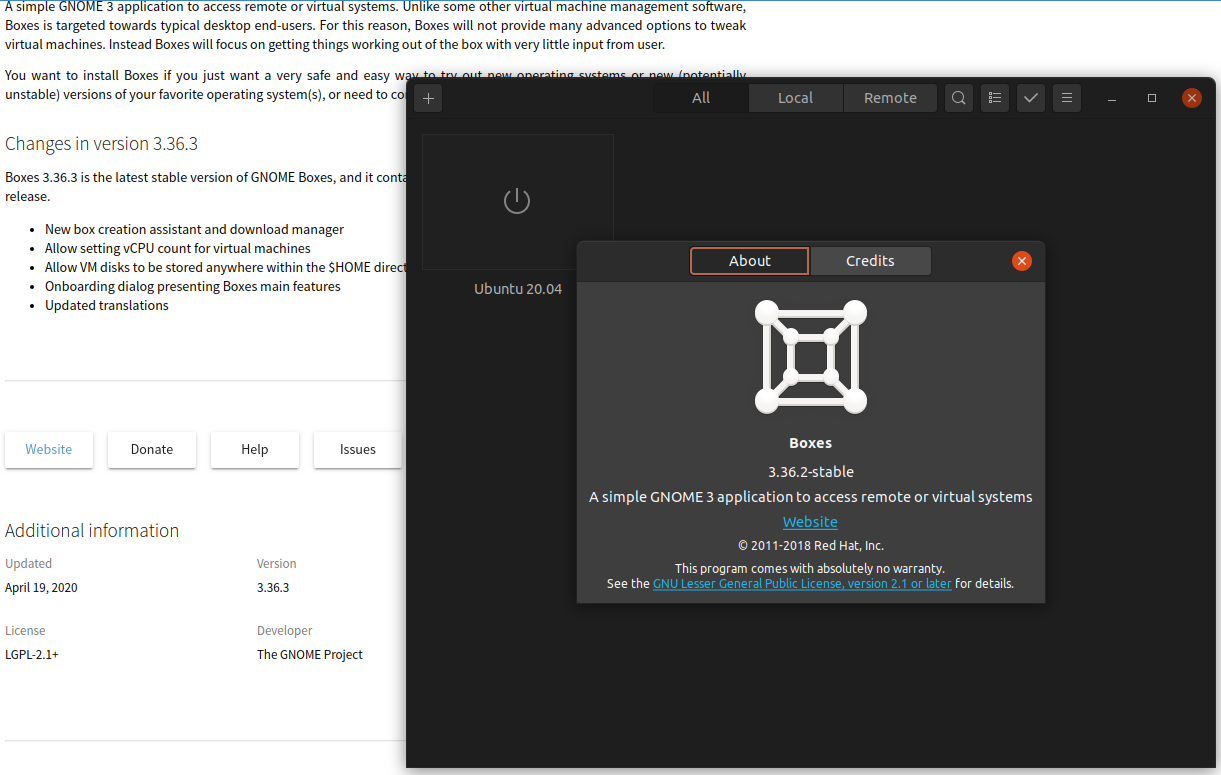
Writer to reuse local variables as much as is feasible. Specialized load and store instructions should encourage the compiler Variables is the responsibility of the compiler writer. Value in local variable 1 on to the operand Int from the operand stack and stores it in local Local variables using the istore_1 and iload_1 instructions, each In spin, values are transferred to and from Operations also have special support in the instruction
STACK SMASHING DETECTED VIRTUAL MACHINE CODE
Variables, instructions that transfer values between local variablesĪnd the operand stack are common in code compiled for the Java Virtual Machine. Values popped from the operand stack rather than directly on local Because most Java Virtual Machine instructions operate on In spin is stored as Java Virtual Machine local variableġ. Use of implicit operands makes compiled code more compact and A simple virtual machine would have also spent additional timeįetching and decoding the explicit operand each time around the Have made the compiled code for spin one byte Compiling the push of 0 asīipush 0 would have been correct, but would Operand to tell it what value to push, nor does it need to fetch orĭecode an operand. Because the iconst_0 instruction knows it is going to pushĪn int 0, iconst_0 does not need to store an Iconst_ instructions) by making those operands implicit in the The Java Virtual Machine frequently takesĪdvantage of the likelihood of certain operands ( int Instruction, which fetches the value it pushes as an immediate Method simply spins around an empty for loop 100 times: In the first example we encounter many of these, and we General characteristics imposed by the Java Virtual Machine's design and use of Java Virtual Machine code exhibits a set of Representing a run-time constant pool index with a hash sign andįollow the instruction by a comment identifying the run-time constantĩ invokevirtual #4 // Method Example.addTwo(II)IĬhapter, we do not worry about specifying details such as operandģ.2. Use of Constants, Local Variables, and Control Constructs Those instructions these operands are displayedīy javap (and are shown in this chapter) as more Transfer instructions are offsets from the addresses of the opcodes of Note that the actual operands of Java Virtual Machine control Instruction may be used as the target of a control transfer The instruction's opcode, and the zero orĬomments is emitted by javap the rest is supplied Index of the opcode of the instruction in the array that contains theīytes of Java Virtual Machine code for this method. In the Java programming language to Java Virtual Machine instructions. Generation, only those associated with compiling source code written This chapter does not address issues associated with code Generates platform-specific instructions only after Java Virtual Machine code hasīeen loaded. Such a translator is a just-in-time (JIT) code generator, which Of a Java Virtual Machine to the instruction set of a specific CPU. Sometimes used when referring to a translator from the instruction set The numbered sections in this chapter are Understand the Java Virtual Machine itself. The prospective compiler writer, as well as to one trying to Understanding how one compiler utilizes the Java Virtual Machine is useful to

Java Virtual Machine, and a run-time system that implements the Java Virtual Machine Source code written in the Java programming language to the instruction set of the
STACK SMASHING DETECTED VIRTUAL MACHINE SOFTWARE
Oracle's JDK software contains a compiler from

The Java Virtual Machine machine is designed to Accessing the Run-Time Constant Pool 3.5. Use of Constants, Local Variables, and Control Constructs 3.3.


 0 kommentar(er)
0 kommentar(er)
